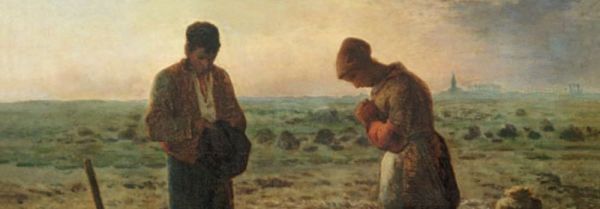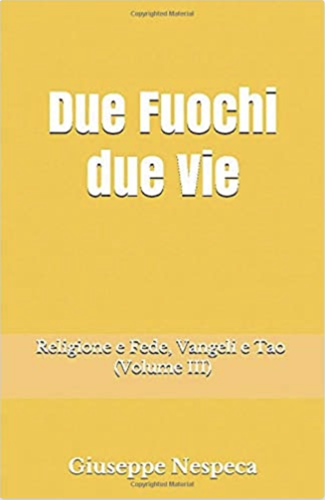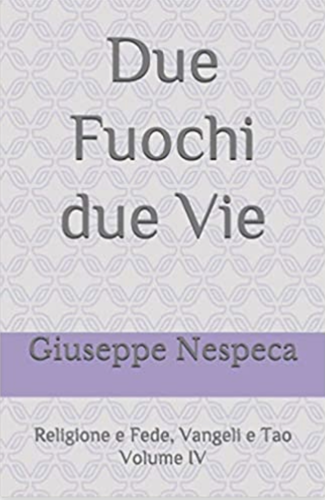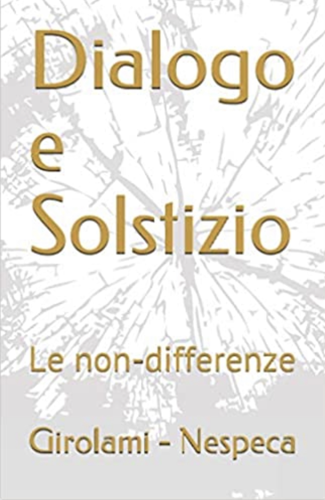The itinerary of the creature (and of the Church) who realises in herself the victory of Life over death
Mary is Icon of how to find the right path, from which the vicissitudes of life can lead us away or take us away.
Emblem of those who are on their own and conforming path, Gem of comparison for not betraying our identity-vocational character and innate disposition.
Like Her, however, surrendering ourselves; yet changing. And thus realising our true nature, in the pilgrimage towards the Core of Being - being present to things, in the different ways of being in the world, sharply.
His soul possessed a youthful freshness, an ability to approach itself without losing the scope of feedback: in realising, living from every Gift.
Those who follow his style embrace and adore the unexpected, and when the Newness of the Spirit suddenly bursts in, they immediately know how to make room for it.
The attitude of his soul did not turn to banal repetitiveness: amazed by a Word, stunned by the unexpected, surprised by a Wound.
Itinerant, she taught to open the heart and mind to new paths that not only dodged but even flew over the preponderance of conditioning.
She spontaneously activated streams of possibilities that put so many habits behind them, without even fighting them.
Maria disposed herself to grasp the variants, the nuances of the soul; even the unaccustomed feelings that we may be loathe to attribute to her and which she felt instead. Sometimes even losing herself in the labyrinths of a frightening struggle with the 'dragon', the ideology of power.
A full life, as a mother of a family, not as an incorporeal creature who only recoils.
Nothing naive or subservient. A free woman, Maria sets off without asking for permission from the backward, hierarchical and still patriarchal society.
And she does not associate herself with reassuring caravans, because she is not a person of the herd but of novelty.
She did not set out along the Jordan, which was the beaten and safe road. But why risk your life in a hostile land? Because love knows no obstacle.
And exuberance does not repeat conformity. Life that flows from Galilee to Judea, that is, from the periphery to the official religious centre, never vice versa.
Not infrequently, for the devout in an observant territory, any announcement of life and any novelty are perceived with extreme distrust [an attack on one's security and personal offence, instead of service].
This is why when she arrives at the house of the man of worship she does not even 'greet' him. Elizabeth (she too seems to be a forgotten one) cultivated the promise ["Elì-shébet" the Lord My-Personal has sworn; as in "God is faithful to Me"].
He Zechariah ["Zachar-Ja" the Lord yes but not Mine but of Israel "remembers"; OK, God does not suffer amnesia but has been, has been... and who knows when 'He comes']. He could not move from religiosity to Faith.
Usual cliché, not innate ability:
In ancient religions the priest is the elder of great reminiscences. He makes devout memories - all right - but as if still in a museum, almost embalming temporal decay.
The man of the cult is part of a class that likes to frequent the places that count; refractory to a Spirit that insists and appeals, that throws life [also of institutes] into the air by breaching and inflaming consciences, to stir up situations.
Here instead is the poor woman. She prophesies - like the first communities of evangelisation that are represented there in a watermark.
She was not a legal person in that culture, rather a non-person, who even had to ask permission from her son, about everything.
The opposite of authority and officialdom (inside and outside the House), who remained incapable of communicating anything: not 'blessed' but unhappy; 'mute' because he had nothing more to say to those waiting outside the Temple.
Nothing vital and no real blessing to pass on to people; zero with which to fill the existence of his neighbour.
So the Soul Bride girl is the one who seems to ignore the still practitioner of the sacred and the ritual!
She does not even speak to him - for she is destined for 'heavenly glory', not to be drawn into the minutiae of reasoning and a rationality that makes love pale.
Creature and authentic community that reflects Jesus.
Instead, it teaches us to do our part, precisely by attempting to allow the things we like and the dissimilarities that arise to coexist.
All this, without inhibitions - seeking the Meaning of contradictions instead of taming them regardless; because one-sidedness would have made her fragile, arid, incomplete.
So she accepted to make the multifaceted situations cohabit within her and make them coexist with the facets of the many appeals, the afflatus of caring and the spirit of decision - as an emancipated woman.
As today's Liturgy recites, the Assumption accepted the Desert but found a Refuge, "forgetting her people and her father's house".Solidarity, Sobriety, Silence: the Exodus experience. Novelty, Fraternity and Person Horizon that enable the rediscovery of one's seed - and the meaning of the Church.
Mary teaches the paradoxical existence of the believer, who knows his lowliness and the Unpredictability of God: in her story we recognise the ideal path of our journey.
We cannot ignore that in the world sometimes strength prevails over weakness, need makes love pale, decline seems to ridicule life...
But in the dialectic of losing oneself in order to find oneself again, we introduce new energies; we acquire, like her, an ability to see graves wide open, glimpsing life even in places of death.
In this way, Lk is the evangelist who celebrates the reversals of situations [Pharisee and publican, first and last place, scape-goat son and first-born; and so on].
In these reversals, Life in the Spirit does not reveal itself as a replication that reassures or sanctifies positions, but as an attitude of gain in loss; a flowering in the bitterness of the cross.
A knowing how to find opportunities for growth even in the apparent degradation of the corrupt [even pious and respectable] world.
And in us? The redefinition of what is 'affair or humiliation' can become redeemed history, the authentic disruptive force in the course of events, and of any affair.
Indeed, in the helpless and incapable of miracles lies the perception of a power that can reclaim the whole being. Virtue that recomposes the harmony of the vital wave.
Project that wants to raise the poor from the rubbish, to transform us into masterpieces - starting from the truth of pitocche radici [where we are ourselves].
The challenge of Faith is open.












